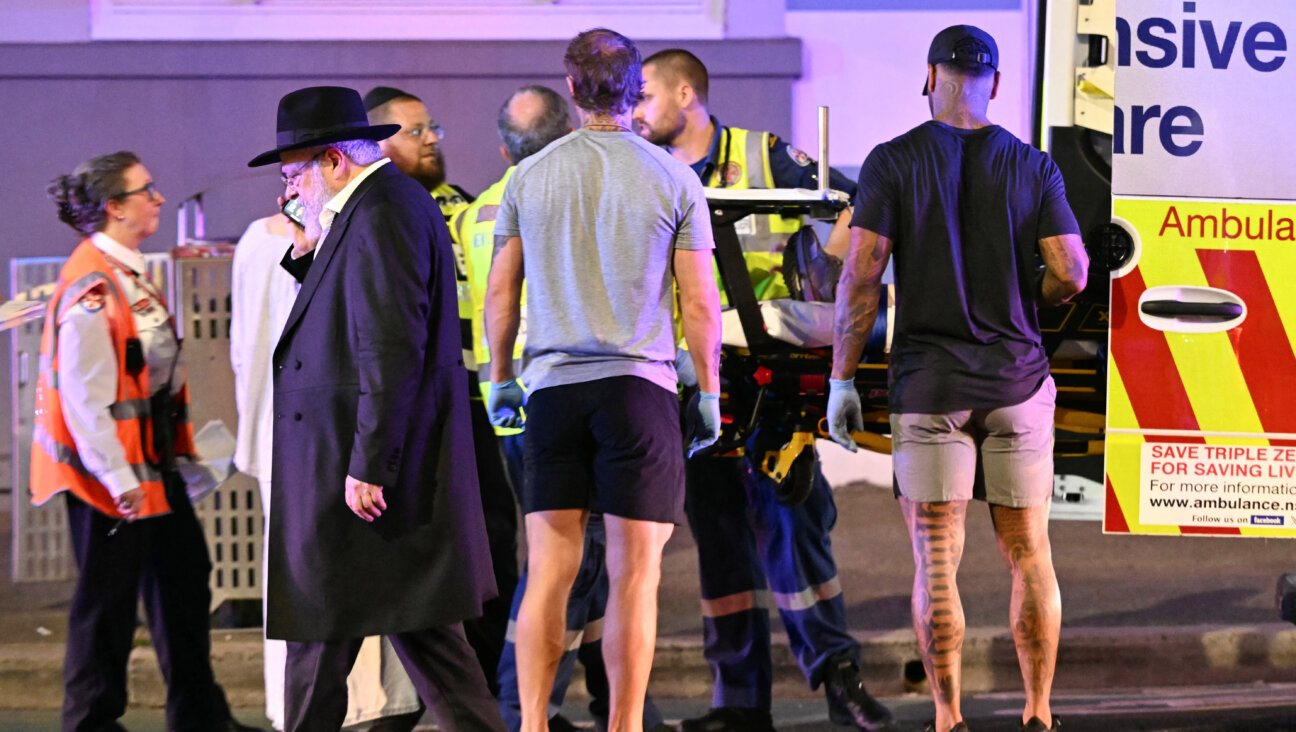Ousted From Gaza, 10,000 Jewish Settlers Join Quixotic Push To Return

Graphic by Angelie Zaslavsky
Ari Odess lived for 10 years in Tel Katifa, a Jewish settlement on Gaza’s coastline, before he left under Israeli order eleven years ago. Though he has found a new home in the Israeli-occupied West Bank, he dreams of returning his family of 12 to live near the Gaza seaside.
Now, Odess is the leader of a new Israeli movement with the improbable goal to bring the settlers back to Gaza.
About 10,000 former residents of the Gush Katif settlements and their supporters have joined the movement called HaBayta, or “Going Home.”
Their aim is to convince the Israeli public and the government to send them back to the Gaza Strip, which many former settlers maintain is their true home. Today, many of the 8,600 settlers live together in neighborhoods that were reconstituted over the Green Line, or in West Bank settlements. A minority still live in government-provided caravans.
Israel evacuated settlers from Gaza in 2005 according to a plan by then-Prime Minister Ariel Sharon which was approved by the Israeli parliament. Sharon believed that by unilaterally disengaging from Gaza Israel could define its borders and improve its standing in the world. But he also intended to take pressure off of Israel to evacuate the West Bank, further entrenching the settlements in the area Palestinians claim as their future state.
“From the first time they took us away from our homes, we started to dream,” said Odess.
HaBayta aims to raise the issue of a settler return to the Gaza Strip with the Israeli public, even as the prospect is highly unlikely. The group has raised almost $80,000 in donations thus far from Israelis and Jewish Americans. One of the group’s recent activities was to construct 11 watchtowers in southern Israel in view of where the settlements once stood, in order to allow visitors to envision the spot where they could stand again.
Residents of two former Gaza Strip settlements, Kfar Darom and Elei Sinai, have started fundraising as part of the HaBayta campaign to rebuild their neighborhoods in Gaza.
According to an article in the Israeli news site Ynet, the group has created orange badges, bracelets and posters with the phrase “Returning to Gush Katif” for Israelis to show their support. Orange was the color of the anti-disengagement movement in the early 2000s.
While Odess acknowledges that moving back to Gaza is unlikely in the near future, he believes that it could happen sooner than most Israelis realize. Odess pointed to the repeated wars between Hamas and Israel over the past 10 years as an indication that the status quo is untenable.
He sees Defense Minister Avigdor Lieberman’s hard line against Hamas — the politician has called on Israel to reconquer the Gaza Strip in the past — as an indication that Israel will topple Hamas in the next war, allowing settlers to return.
“Now that they started thinking about [a settler return],” said Odess of the Israeli public. “Maybe it will take 10 years. Our mission to convince people, to convince the majority of Israelis that this is something that has to be done.”
Contact Naomi Zeveloff at [email protected] or on Twitter @naomizeveloff















